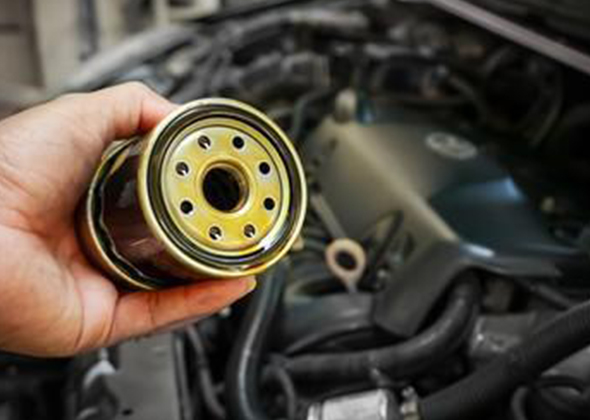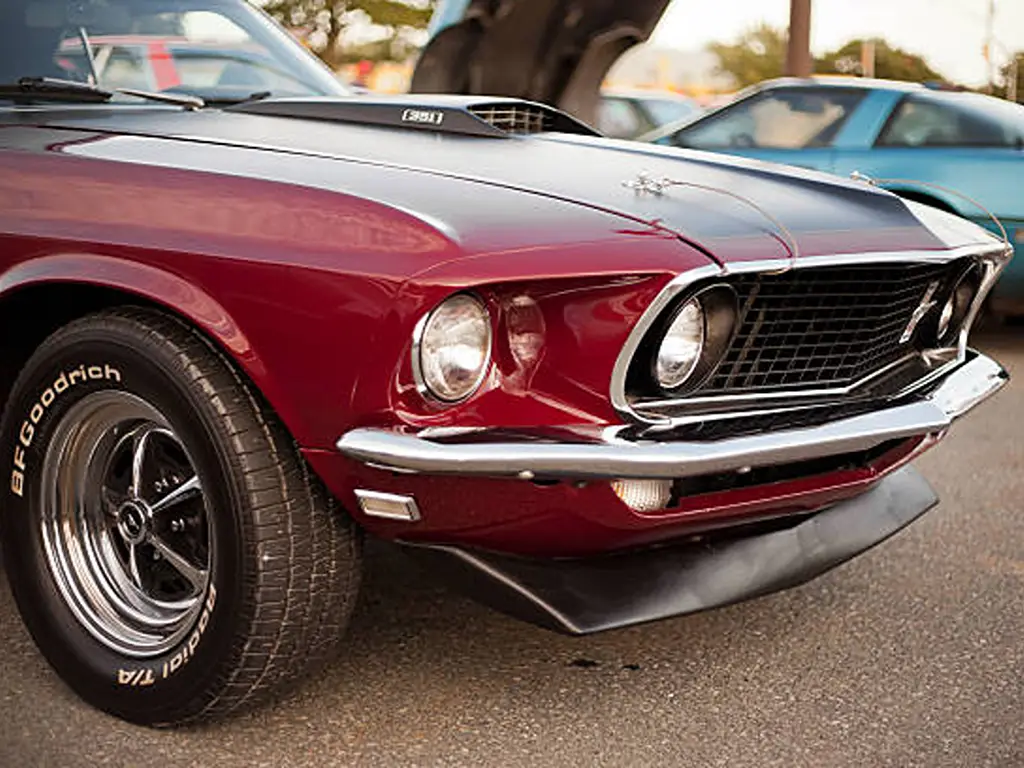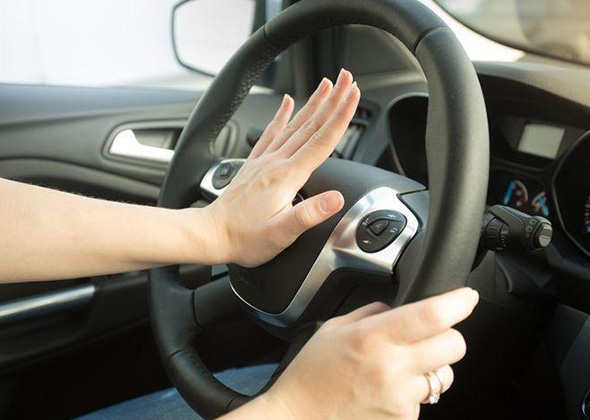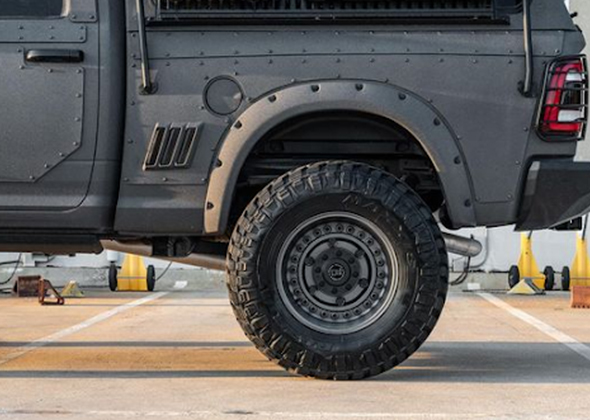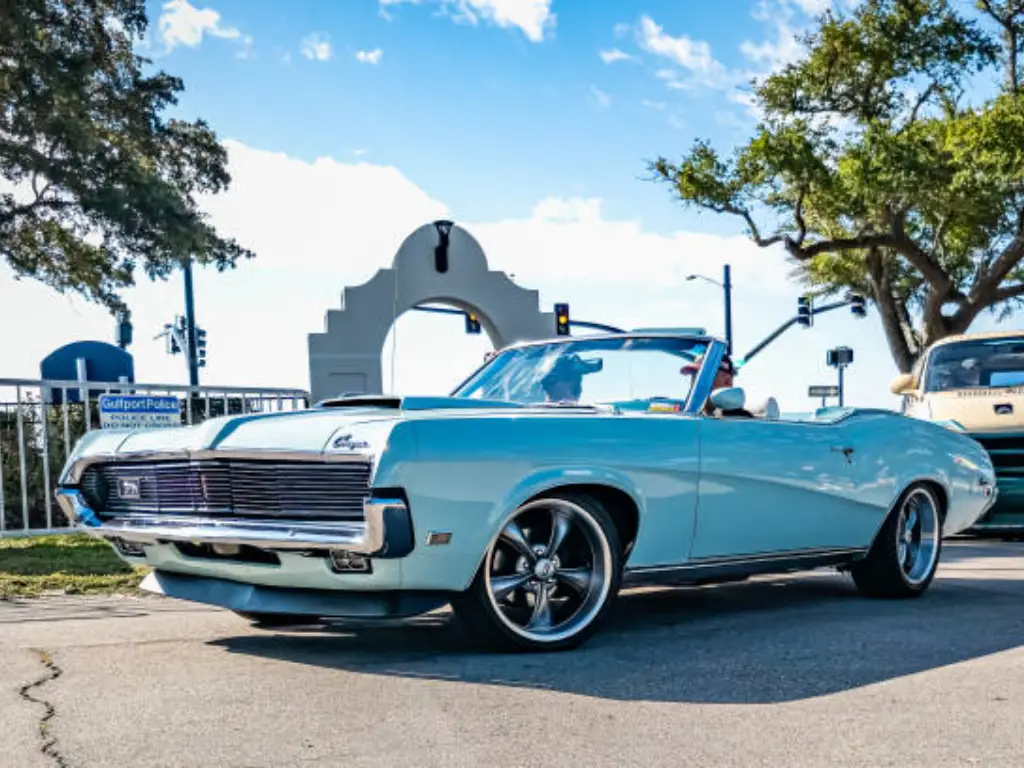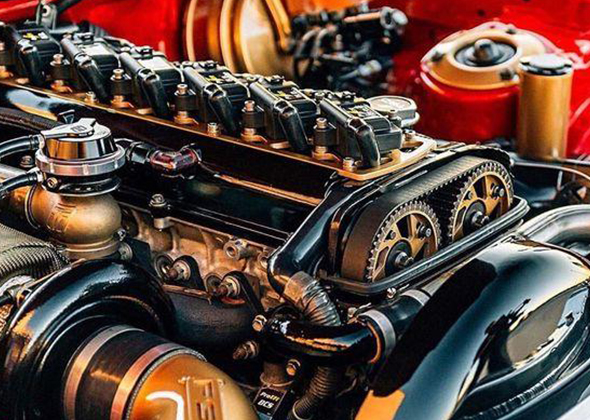The capabilities of a car’s bumper are rather specific. Many people believe that its purpose is to prevent or lessen the severity of injury in a car accident. Many people believe that car bumpers aren’t actually safety elements that safeguard occupants. In low-speed collisions, auto bumpers are intended to limit or avoid structural damage to cars’ front and rear ends.
The hood, trunk, grille, fuel, exhaust, and cooling systems are all protected by car bumpers by design. An automotive bumper is a protective shield that can be made of plastic as well as metal. This article majorly discusses about both the materials for car bumpers and their advantages and disadvantages. If you wish to get them in wholesale as per your customers’ demands contact Sunway right now.
What Is a Car Bumper
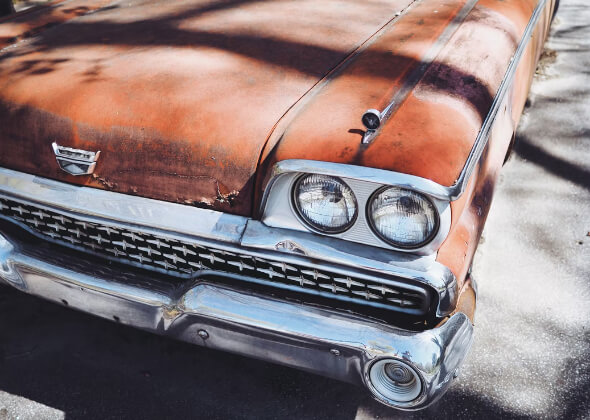
Let’s start with a definition of a car bumper before moving on to the extra functions of these body parts. This is a movable or built-in element of the vehicle’s body that is always found in the front and back. This is usually the car’s most extreme point, both in front and behind it.
The car’s bumper can be merged into the body, visually forming a single whole with the rest of the vehicle, based on the automaker’s design concept. In other circumstances, as shown in the photo, this element can be a lovely addition that adds to the car’s uniqueness. Therefore, car bumpers are in high demand. If you want to get into the auto parts business, bumpers are a good place to start.
What Do Bumpers Do

This element’s visual characteristics serve a secondary role when we talk about what do car bumpers do. First and foremost, this is a component meant to ensure pedestrian safety. Furthermore, rigid hinged structures protect crucial portions at the front of the engine compartment, as well as the body’s supporting components.
It is significantly less expensive to replace this component than it is to straighten an automobile that has been twisted in a minor collision. In a collision, the modern car bumper is a robust feature that works as a damper. It is meant to extinguish a major portion of the kinetic energy released during the impact, despite the fact that it frequently bursts and can fly into little fragments.
The History of Car Bumpers
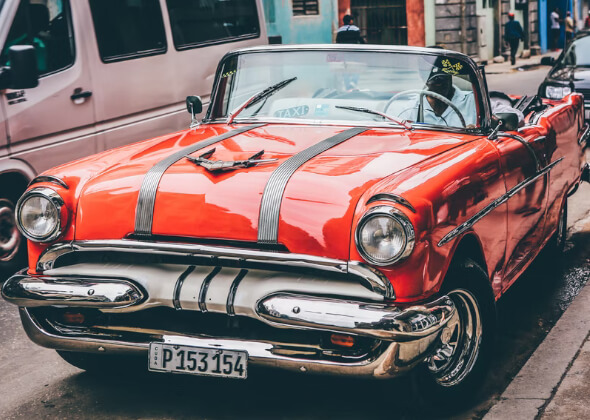
A car bumper on an automobile debuted for the first time in the design of Ford cars. According to many reports, the automotive bumper first appeared in 1930. It started off as a simple U-shaped metal beam welded to the front under the hood. The Model A Deluxe Delivery, which was constructed between 1930 and 1931, had this structural element. The cross-member design of the auto bumper has altered only marginally in historic cars.
In the interest of design and aerodynamics, modern automobile bumpers are visually integrated into the bodywork. This part has been on the list of required vehicle equipment since 1970. When moving passengers or products, the vehicle bumper improved safety and comfort. Automobile manufacturers added car bumpers in the mid-1910s, but they were just a strip of steel across the front and back.
Automobile designers made car bumpers more sophisticated and robust in the 1920s, and they became increasingly prevalent as an optional item. Chrome-plated vehicle bumpers got heavier, more elaborate, and more decorative during the next few decades, until the late 1950s when US automakers began to introduce new car bumper trends and brand-specific designs.
In the 1960s, lighter chrome-plated blade-like car bumpers were used, with a painted metal valance covering the gap beneath them. As automakers incorporated grilles, lighting, and even back exhaust into car bumpers, multi-piece construction became the norm. General Motors used a “Endura” body-colored plastic front bumper on the 1968 Pontiac GTO that was meant to absorb low-speed collision without lasting deformation. It was shown in a TV commercial with John DeLorean slamming his sledgehammer into the vehicle bumper and causing no damage.
Front and rear elastomeric bumpers were available for the 1970-71 Plymouth Barracuda. Renault fitted the Renault 5 with a plastic car bumper in 1971. Modern automotive bumpers are often constructed with a plastic cover over a steel, aluminium, fibreglass composite, or plastic support bar.
Types of Plastic Car Bumpers and Materials
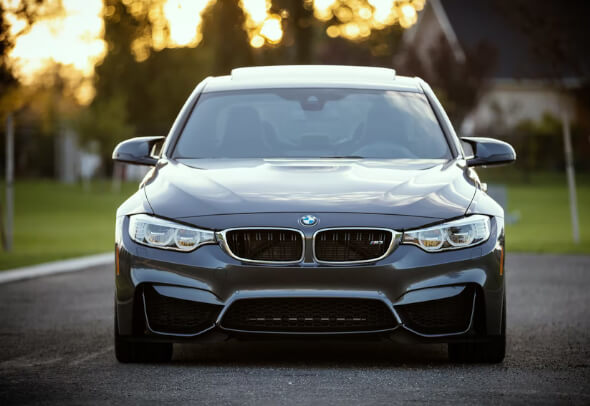
Looking into what are car bumpers made of, plastic car bumper material has almost entirely replaced metal bumpers in modern consumer vehicles. Thermoplastic olefins, a mixture of plastic molecules, rubber, and a reinforcing filler like carbon fiber or calcium carbonate, are used to make modern car bumpers. This combination of ingredients produces scratch and impact-resistant plastic that bonds to a variety of paints and finishes, making it perfect for automobile bumpers.
For a variety of reasons, plastic is the ideal car bumper material for modern automotive bumpers. To begin with, plastic is lighter and more aerodynamic than metal, resulting in increased fuel economy. Plastic is also easy to mold, which comes in handy during the production and maintenance of bumpers. Modern bumpers are constructed from a variety of materials. The front bumper is mounted to the chassis by an impact absorption spring system, which is commonly gas-filled cartridges.
The car bumper system is able to absorb minor collisions without being damaged as a result of this. For strength and structural stiffness, the bulk of current plastic automobile bumper system fascias is constructed of polycarbonates, polyesters, polypropylene, polyurethanes, polyamides, or blends of these with, for example, glass fibers.
Pp(Polypropylene) Material Car Bumper
Material Features
Polypropylene is a thermoplastic polymer that can be utilized for a variety of purposes. It’s a tough saturated addition polymer created from the monomer propylene that’s resistant to a wide range of chemical solvents, bases, and acids.
Pros and Cons
Because of its semi-crystalline structure, it has high flexural strength. It has a low coefficient of friction and is moisture resistant. Chemically, it is resistant to a wide spectrum of bases and acids. It has a high fatigue resistance and a high impact strength.
Applications
- Automotive Bumpers
- Chemical Tanks
- Cable Insulation
- Gas Cans
- Carpet Fibers
Pu(Polyurethane) Car Bumper
Material Features
Solid Polyurethane is an elastomeric substance with outstanding physical qualities such as durability, flexibility, erosion and temperature resistance. Polyurethane comes in a variety of hardnesses, from eraser soft to bowling ball tough. Polyurethane also has a long flex life, a high load-bearing ability, and excellent resistance to weather, ozone, radiation, oil, gasoline, and most chemicals.
Pros and Cons
Experts mostly choose polyurethane because it can be used in both rigid and flexible forms, as well as because it is a robust material that can resist high-stress conditions. It’s also resistant to harsh environmental elements like heat, oil, and acids.
Considering the disadvantages, urethane is white in its natural form, so most people use carbon black to cover up any flaws. Furthermore, because urethane is not UV-stable, it must be coated. It is also less sturdy than ABS plastic material.
Applications
- Flexible Foam Seating
- Foam Insulation Panels
- Elastomeric Wheels and Tires
- Automotive Suspension Bushings
- Electrical Potting Compounds
- Hard Plastic Parts
ABS Plastic Car Bumper
Material Features
Butadiene Acrylonitrile Polymerizing styrene with acrylonitrile in the presence of polybutadiene produces styrene. The plastic’s shiny, impervious surface comes from the styrene. Even at low temperatures, butadiene, a rubbery material, gives durability. To enhance impact resistance, toughness, and heat resistance, a number of changes can be performed.
Pros and Cons
ABS plastic has a high stiffness and impact resistance but does not having the same level of resilience. ABS plastic will keep these properties even at low temperatures or for extended periods of time. Furthermore, the finish is an advantage for ABS. Even in its raw state, this material is quite pleasing to the eye, and it’s easier to paint than polyurethane.
Applications
- Automotive Body Parts
- Dashboards
- Wheel Covers
Fiberglass Car Bumper
Fiberglass is a composite material made up of fiberglass filaments or thin glass fibers bonded together by resin. It can be weaved into layers or used for reinforcement. Its main advantages are that it is both lightweight and robust, that it is inexpensive to produce, and that it can be utilized in a variety of applications. Fiberglass is used to make a variety of common goods in addition to car bumpers.
Pros and Cons
When compared to other materials, fiberglass is significantly lighter. Manufactured with low-cost materials and low-cost molds and machines. Fiberglass, unlike its sibling polyurethane, has the capacity to maintain its original shape and is highly rigid. In contrast to other materials, fiberglass gives you a lot of possibilities when it comes to creating an aggressive and edgy design for your vehicle.
Fiberglass has a tendency to crack or break when subjected to high force. Fiberglass body kits, unlike their machine-made equivalents, are constructed by hand and hence lack the precision attained through machine manufacturing. Fiberglass stiffness is highly appreciated and advantageous. Its lack of flexibility, on the other hand, can make any alterations required during installation difficult.
Applications
- Full Car Body
- Bumper Replacement
- Ground Effects
- Wide Body
- Custom Kits
Carbon Fiber Car Bumper
Carbon fiber is made up of millions of microscopic strands that are pressed together and coated with plastic to keep their shape. There are many different types of car bumpers available, but a carbon fiber bumper is a higher level of aftermarket accessory. Carbon fiber is a high-strength-to-weight ratio plastic with a low density.
Carbon fiber is robust without becoming clogged like steel or aluminum, making it ideal for applications such as automobiles and airplanes. Carbon fiber can be shaped into almost any shape, including those that are impossible to achieve with ordinary materials. Carbon fiber is now being used in the automotive industry for strong, lightweight elements that enhance speed, aerodynamics, and fuel efficiency.
Pros and Cons
A carbon fiber bumper material is significantly lighter than any other car bumper material available. Carbon fiber is actually five times stronger than steel. It’s also adaptable. It is non-flammable, which adds to the vehicle’s safety.
The most significant downside of this material is its high cost. Carbon fiber bumpers are also unstable and can fail dramatically if impacted with enough force at the right angle.
Applications
- Car Body
- Rims and Wheels
- Car Interiors
Rubber Car Bumper
Rubber bumpers are utilized in a wide range of applications. They are characterized as shock-absorbing devices that are utilized between two objects. Car bumpers are most commonly used in automobiles. A bumper is comprised of a variety of materials that are easily moved. They may also be equipped with pneumatic or hydraulic cylinders that enable them to move when struck.
The bumper’s purpose is to reduce the impact of crashes. Heavy steel, plastic, painted light metal, and rubber can all be employed. Since they are prone to harm from minor contacts, these bumpers are commonly used. Elastomeric hardware devices for edge guarding, cushioning, and impact absorption is what they’re called.
Pros and Coms
They protect surfaces while also allowing for spacing and ventilation. The vibration of an item is reduced by utilizing a car bumper. Sliding resistance is also provided by the rubber bumper. During crashes, these automobile bumpers absorb and deliver momentum, reducing the impact of the collision. They prevent scratches and sliding on the surfaces. Rubber and plastic car bumpers have the advantage of being able to be produced in any colour. They also absorb the impact of car collisions.
Applications
- It’s a component of a vehicle’s cooling system.
- In low-speed crashes, they are employed to protect safety-related equipment such as taillights, headlamps, and parking lights.
- They add to the strength of printed circuit boards.
- Dock bumpers made of heavy-duty rubber are used on vehicles
Types of Metal Car Bumpers and Materials

The first car bumpers were invented in 1901, and they comprised of metal beams mounted to the front and rear of the vehicle to protect it in the event of a low-speed collision. Earlier metal bumpers were created to safeguard valuable and delicate components such as headlights, taillights, hoods, exhausts, and cooling systems. Bumpers on cars from the 1950s, 1960s, and 1970s are large, heavy, and gleaming, and are made of chromium-plated steel. They are relatively durable, but they are also costly to produce.
In fact, bumpers in cars are designed to absorb shock or impact at moderate speeds, such as when the car is accidentally hit when reversing. When it comes to choosing a material for a bumper in cars, the material should be able to absorb the impact, that is, either neutralizes or minimize the force of the strike. In terms of design and processing, car bumpers are large and require techniques such as injection molding, blow molding, and roto-molding. Plastics are a good material of choice when considering the above processing procedures.
Chrome Car Bumpers
Material Features
When you think of cars from the late 1950s and early 1960s, you generally think of massive chrome car bumpers in car fashioned like jet or rocket engines. They can appear stunning, particularly when polished and cleaned. Chrome-plated bumpers start out as steel bumpers that have one or more layers of nickel electroplated on them. A very thin layer of chromium is applied on top of that.
This is more resistant to stone chipping and weather than paint, but it is not flexible. If the car bumper is bent, the chrome plate fractures, moisture enters, and the rest is history. Furthermore, chrome plating uses hexavalent chromium, which has a number of health risks. As a result, chrome plating shops are becoming harder to come by. In the automotive industry, where durability, corrosion resistance, and aesthetics are all highly important for which decorative chromium plating is also quite popular.
Pros and Cons
Chrome plating is a procedure that has existed for nearly as long as automobiles. Chrome has excellent corrosion resistance, surface hardness, and a lustrous, shiny appearance, which is one of the reasons for this. Many additional chrome characteristics, such as wheels, trim, and other objects, match chrome. Any machine shop that specializes in chrome plating can accomplish it.
Chrome plating is not cheap. Because it is plating, the chrome bumper for cars will need to be maintained after miles of hard use, dings, or scratches. Rust can take root on the steel beneath the chrome once it has been pierced. Furthermore, because chromium is rigid, it is susceptible to fissures that allow moisture to enter. They’re also not very durable, and the chrome plating process is complicated and harmful.
Applications
- Rims
- Engine Components
- Exhausts
Aluminum Car Bumper
Aluminum has begun to be used in body components in the automotive industry. Steel has been the most commonly utilized metal in every car part for the majority of the history of automobiles and other motor vehicles. However, the introduction of aluminum may drastically alter customer perceptions of car construction, raising concerns about its practicality in comparison to steel.
Making a car lighter is one of the most effective ways to ensure that it consumes less gasoline. As a result, aluminum is increasingly being utilized to make not only engine blocks, but also the body and chassis of vehicles, due to its reduced weight and equivalent strength to steel. Aside from fuel savings, making a car lighter improves driving dynamics significantly.
Pros and Cons
Aluminum has the same structural stability as steel, allowing its weight-saving benefits and improved fuel economy to shine. Aluminum is one of the most easily recycled metals. Aluminum’s protective properties are one of the biggest advantages of employing metal in car structural components. Aluminum can withstand a lot more energy in the event of a crash.
While you’ll hear a lot of what appear to be negatives to utilizing aluminum in automobiles, they’re all tied to the fact that it’s a new material in the industry, and the industry hasn’t adjusted to dealing with it yet. The most serious criticism leveled against aluminum body construction is that it is extremely difficult to repair, especially in the case of collision repairs to panels and frames.
Applications
- Engine Radiators
- Wheels, Bumpers
- Suspension Parts
- Engine Cylinder Blocks
- Other Body Parts Like Hoods and Doors
Steel Car Bumper
Steel is a popular material for automobile bodies and chassis because of its strength, inexpensive cost (in comparison to metals like aluminum), and malleability. Where the largest forces are anticipated during a crash, higher-strength steels are employed.
Steel, however, can rust in a similar way to iron if not properly treated and galvanized. We employ advanced steel grades and production processes to help you fulfill your customers’ current and future safety requirements. We enable cost-effective and mass-saving design solutions for you to meet your customers’ demands.
Pros and Cons
Steel components manufacturing and repair are both more predictable, which can result in lower total costs for you and your customers. Steel can be easily molded back into its original structure in the case of a crash. Steel is also simple to weld material that can be cut and welded using standard welding equipment and techniques.
Steel even after being heavier than aluminum is less safe than the car bumper made of aluminum. There are other drawbacks such as the difficulties of mass production and the complexity of the manufacturing process that were noted.
Applications
- Body Structure
- Panels
- Doors
- Trunk Closures
Conclusion
All materials used for making car bumpers have their own features advantages and disadvantages. You can get cost-effective automotive part solutions from classic car bumpers manufacturers. Get auto parts in the wholesale based on your customers’ requirements and watch your business grow.
You can also have customized solutions according to your business needs. Sunway is dedicated to assisting you in locating antique, vintage, and classic automotive spare parts at factory prices and high-quality material so that you are satisfied with the quality and your customers are happy as well. We provide professional car bumper solutions from mold making to mass production and order follow-up. You can enjoy the hassle-free experience of importing car bumpers and other auto parts from China. Partner with Sunway and be the most preferred car parts seller for your customers and take your business to new heights.

